




Domestic and Commercial Works
Tree pruning
There are many reasons for pruning trees. Pruning will make trees more safe, increase vigour and health, and will make a tree more beautiful. The type of pruning works that may be required differ according to location, species and time of year. All our arborists will carry out all pruning works with due regard to the relevant British Standards (BS3998).
Pruning for safety
Removal of branches that could fall and cause injury or property damage or interfere with lines of sight on streets or driveways. The removal of branches that grow into utility lines.
Pruning for health
Removal of diseased or insect-infested wood, thinning the crown to increase airflow which will reduce some pest problems, and removing crossing and rubbing branches. Pruning can best be used to encourage trees to develop a strong structure and reduce the likelihood of damage during severe weather.
Pruning for aesthetics
Pruning can enhance the natural form and character of trees and stimulates flower production. Pruning for form can be especially important on open grown trees that do very little self-pruning.
Pruning operations can largely be divided into five main categories
Crown thinning
Crown thinning is a pruning technique primarily used on hardwood trees. It is the selective removal of branches to increase light penetration and air movement through the crown. Thinning opens the foliage of a tree and reduces weight on heavy limbs, whilst maintaining the tree's natural shape.
Crown lifting
Removes the lower branches from the bottom of the trees crown in order to allow more light through and provides clearance for pedestrians, vehicles, buildings or line of sight.
Crown reductions
Crown reduction pruning is most often used when a tree has grown too large for the space it occupies and reduces the size of the trees crown whilst maintaining its natural shape. This is achieved by pruning back the leaders and branch terminals to lateral branches that are large enough to assume the terminal roles (at least one-third the diameter of the cut stem).
Pollarding
Is the complete removal of all branches from the trunk. A very harsh form of tree surgery to be used with caution and only on appropriate species.
Dead wooding
The removal of deadwood, diseased or damaged branches from the crown of the tree and it is intended to reduce the risk of falling branches causing accidents or injury, or if diseased branches threaten the tree’s health.
Tree removal
As a result of death, ill health or the hazardous nature of a tree, including the implication of a tree in building subsidence, removal may be the only option. As many trees are located in an urban environment sectional dismantling may be the only option. In these cases rigging techniques are used in order to prevent damage to any surrounding building or structures.
Consultancy and advice
Whether you are concerned about your trees in a domestic garden or a commercial customer responsible for trees on private or public land, we are confident that we can offer you the most comprehensive of services. Our advice to you will be;
-
Free of charge and with no obligation.
-
Informed by a thorough visual assessment
-
Based upon our extensive knowledge and understanding of trees and their individual needs and characteristics.
-
Concluded in a written quotation and given at a fair and competitive price.
We can also liaise with the local planning department for trees subject to preservation orders (TPO's) or located in conservation areas and support your application with our professional advice and recommendations.
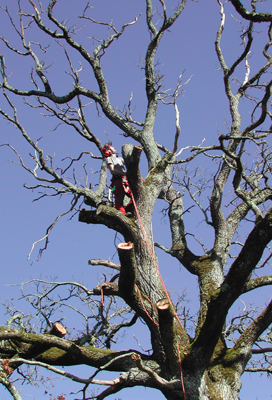
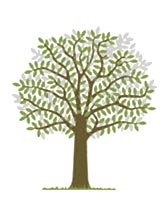 CROWN THINNING
CROWN THINNING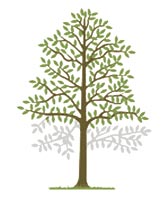 CROWN LIFTING
CROWN LIFTING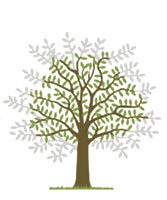 CROWN REDUCTION
CROWN REDUCTION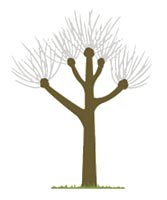 POLLARDING
POLLARDING